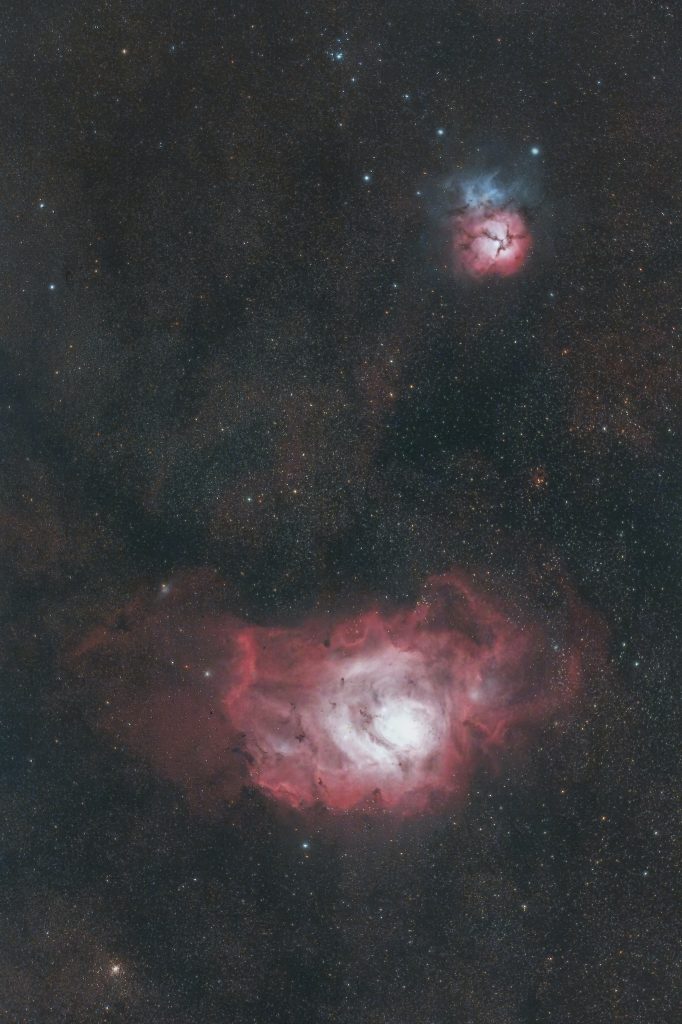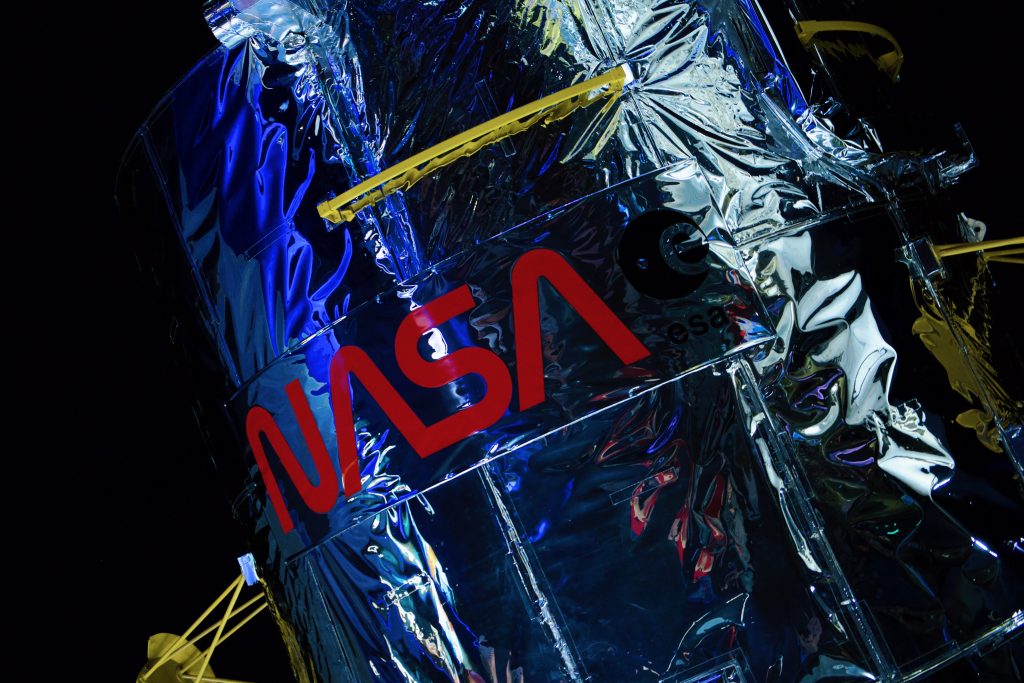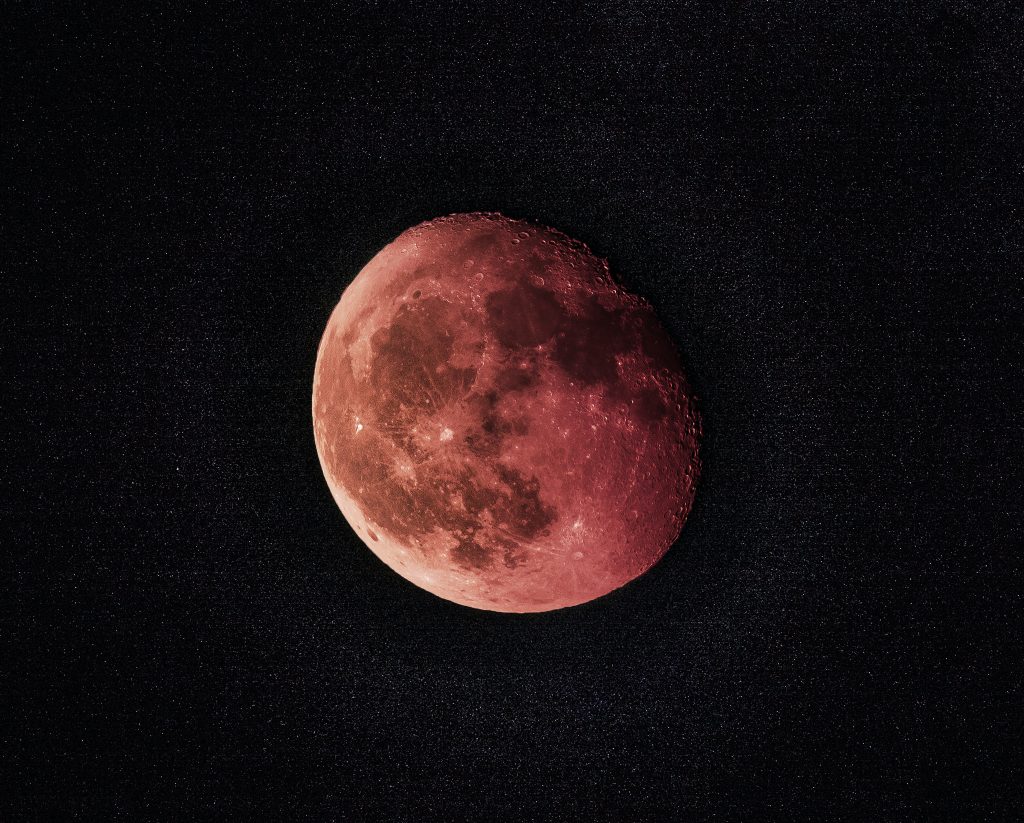Sure, you’re probably wondering if you can use a telescope to observe the solar prominences, right? Well, the good news is that you definitely can! By using a telescope with the proper filters, you’ll be able to safely view and appreciate these magnificent features of our Sun.
When it comes to observing solar prominences, it’s important to prioritize your safety. Never attempt to look at the Sun directly without the appropriate equipment, as it can cause serious damage to your eyes. Instead, make sure to use a solar filter that is specifically designed for observing the Sun, allowing only a small fraction of its light to pass through. With the right equipment in hand, you can enjoy the wonders of the solar prominences and learn more about the fascinating celestial entities that surround us. Happy observing! Yes, you can observe solar prominences with a telescope. Solar prominences are large, bright, and sometimes looping structures that extend from the Sun’s surface into its outer atmosphere, known as the corona. They are formed by the interactions of magnetic fields and plasma on the surface of the Sun and can be seen during certain astronomical events, such as solar eclipses. In this article, we will explore the definition and types of solar prominences, discuss the importance of observing them, provide insight into the requirements and safety precautions for observing solar prominences, explore different types of telescopes and accessories suitable for this purpose, and offer tips on choosing the right telescope, setting it up, and observing techniques. Additionally, we will discuss the best times for observing solar prominences, common challenges and solutions, and important safety concerns.
Solar Prominences
Solar prominences are fascinating and dynamic features of the Sun that can be observed using a telescope. They are eruptions of gas and plasma from the Sun’s surface that are held in place by magnetic fields. These structures can be as tall as several hundred thousand kilometers and can persist for hours or even days. Solar prominences can be broadly classified into two types: quiescent prominences and eruptive prominences.
Types of Solar Prominences
Quiescent prominences are relatively stable and can last for prolonged periods, sometimes up to several months. They appear as indefinite dark ribbons along the edge of the solar disk and are often associated with sunspot regions. Eruptive prominences, on the other hand, are more dynamic and can undergo sudden eruptions that release massive amounts of energy into space. These eruptions are known as solar flares and can have significant impacts on space weather. Eruptive prominences exhibit a variety of shapes, including loops, arches, and sprays, and can frequently be observed during solar eclipses.
Importance of Observing Solar Prominences
Studying solar prominences is crucial for understanding the Sun’s magnetic field and its influence on space weather. Solar flares and eruptions associated with prominences can generate powerful streams of charged particles, known as coronal mass ejections (CMEs), which can impact the Earth’s magnetosphere, causing intense geomagnetic storms with potential disruptions to satellite communications, power grids, and even auroras. By studying solar prominences and their behavior, scientists can improve our ability to predict and mitigate the impacts of these space weather events.
Observing Solar Prominences
Observing solar prominences requires proper equipment and safety precautions to ensure both a clear view and protection against the Sun’s intense light and heat. Here are some requirements and safety measures to consider when observing solar prominences.
Telescope Requirements
To observe solar prominences, you will need a telescope with adequate magnification and a reliable solar filter that blocks harmful levels of light and heat. The telescope should have a sturdy mount and be capable of tracking the Sun’s apparent motion accurately. Look for telescopes specifically designed for solar observation or those with suitable solar filters and accessories.
Safety Precautions
Observing the Sun with a telescope can be hazardous without proper precautions. Never look directly at the Sun through an unfiltered telescope or with the naked eye, as this can cause permanent eye damage or blindness. Always use certified solar filters or dedicated solar telescopes that meet safety standards. Additionally, make sure to protect yourself from excessive heat by wearing appropriate clothing, a hat, and sunscreen.
Solar Filters
Solar filters are essential for observing solar prominences. They block most of the Sun’s visible light and harmful ultraviolet (UV) and infrared (IR) radiation while allowing a safe amount of light to reach the eyepiece or camera. There are different types of solar filters available, including full-aperture filters, front-mounted filters, and rear-mounted filters. Choose a reputable and certified solar filter that suits your telescope and meets safety standards.

Types of Telescopes
Telescopes come in various designs, each with its own advantages and limitations for observing solar prominences. Understanding the different types of telescopes can help you choose the most suitable one for your needs.
Refractor Telescopes
Refractor telescopes use a lens at the front of the telescope to gather and focus light. They are known for producing high-contrast images and are generally less affected by atmospheric turbulence. Refractors are a popular choice for observing solar prominences due to their crisp image quality and low maintenance requirements.
Reflecting Telescopes
Reflecting telescopes, also known as Newtonian telescopes, use a curved primary mirror to gather and reflect light onto a secondary mirror, which then directs the light to the eyepiece. Reflectors offer larger apertures for a given budget compared to refractors, making them suitable for capturing more details of solar prominences and other celestial objects.
Catadioptric Telescopes
Catadioptric telescopes combine both mirrors and lenses to gather and focus light. They are compact, versatile, and offer a good balance between aperture, image quality, and portability. Catadioptrics, such as Schmidt-Cassegrain telescopes, are commonly used by amateur astronomers for solar observations due to their convenience and versatility.
Telescope Accessories
To enhance your solar prominence observation experience, various accessories can be used in conjunction with your telescope.
Solar Filters
As mentioned earlier, a solar filter is an essential accessory for safely observing solar prominences. Additionally, solar filters are available for imaging and photographing the Sun. These filters are designed to block the harmful rays while allowing you to capture stunning details of the Sun’s features.
Neutral Density Filters
Neutral density filters reduce the amount of light entering the telescope without altering its color balance. These filters can be beneficial when observing particularly bright solar prominences, allowing you to comfortably view and capture the details without straining your eyes or overexposing your images.
Barlow Lens
A Barlow lens is an optical accessory that increases the focal length of your telescope, effectively magnifying the image. This can be useful for capturing finer details of solar prominences or for observing larger prominences that require lower magnification.
Eyepieces
Eyepieces are critical components of any telescope. They determine the magnification and field of view you will experience. Having a variety of different eyepieces allows you to adapt to different observing conditions and target sizes. When observing solar prominences, it is recommended to start with a lower magnification eyepiece to capture the entire prominence and then switch to higher magnification eyepieces to study intricate details.

Choosing the Right Telescope
Selecting the right telescope for observing solar prominences is essential to ensure a rewarding experience. Here are a few factors to consider when choosing a telescope.
Aperture
Aperture refers to the diameter of the primary lens or mirror of the telescope. It determines the amount of light the telescope can gather, which directly affects the level of detail you can observe. Generally, larger apertures provide higher resolution and brighter images, making them ideal for observing smaller details within solar prominences. However, larger apertures also tend to be more expensive and less portable.
Focal Length
Focal length determines the magnification and field of view of your telescope. Long focal lengths provide higher magnification but narrower fields of view, allowing you to observe finer details of solar prominences. Conversely, shorter focal lengths offer wider fields of view, making them suitable for capturing larger solar prominences or studying the Sun’s overall activity.
Mount Type
Choosing the right mount is crucial for stable and accurate tracking of the Sun. Equatorial mounts are generally recommended for solar observations as they allow for precise tracking of the Sun’s apparent motion. Alt-Azimuth mounts, on the other hand, offer simplicity and ease of use but may require manual adjustments to compensate for the Sun’s motion during longer observation sessions.
Setting Up the Telescope
Properly setting up your telescope is essential for a successful observation of solar prominences. Here are some key steps to follow.
Finding a Suitable Location
Choose a location away from trees, buildings, and other obstructions that may cast shadows and block your view of the Sun. Ensure that you have a clear and unobstructed view of the eastern horizon, as this is where the Sun rises.
Mounting the Telescope
Carefully follow the manufacturer’s instructions to mount your telescope securely. Ensure that the telescope is stable and level to prevent vibrations that can affect the quality of your observations. Use any counterweights provided to balance the telescope properly.
Aligning the Finder Scope
Aligning the finder scope with the main telescope is crucial for accurately locating and tracking solar prominences. Choose a prominent landmark or celestial object and center it in the main telescope, then adjust the finder scope to align with the same object. Calibrate the finder scope to ensure that it accurately shows what the main telescope is pointing at.

Observing Techniques
To capture and study solar prominences effectively, it is essential to employ proper observing techniques. Here are some tips to enhance your observations.
Recording Images and Videos
Consider using digital cameras or dedicated solar imaging devices to record images and videos of solar prominences. This allows you to capture the details and changes in real-time or conduct further analysis later. Be sure to follow safety precautions when using cameras and other devices.
Using Solar Filters
Always use quality solar filters when observing solar prominences. Solar filters protect your eyes and equipment from the intense light and heat of the Sun. Follow the manufacturer’s instructions and never remove or modify the filters while observing the Sun.
Safe Viewing Practices
Avoid looking directly at the Sun or through an unfiltered telescope without appropriate protection. Always ensure that your equipment, including filters and eyepieces, is securely attached and in proper working order. If using multiple observers, supervise and educate them on safe viewing practices to prevent accidents.
Best Time for Observing Solar Prominences
While solar prominences can be observed throughout the year, certain events and timing can enhance the viewing experience.
Solar Eclipses
Solar eclipses offer a unique opportunity to observe and study solar prominences. During total or partial solar eclipses, the Moon passes in front of the Sun, blocking its direct light and revealing the usually hidden solar prominences. These events provide a particularly clear and dramatic view of solar prominences, often with breathtaking visual effects.
Prominence Events and Timing
Keeping track of solar activity and prominence events can help you plan your observations more effectively. Various websites and smartphone apps provide real-time information on solar activity, including the presence and timing of solar prominences. By staying informed about upcoming events, you can maximize your chances of observing these dynamic phenomena.
Solar Activity
Solar prominences are more likely to occur during periods of increased solar activity, such as during the solar cycle’s peak. The solar cycle is a roughly 11-year cycle during which the Sun’s magnetic field undergoes significant changes. Monitoring solar activity and prominences during these periods can offer a higher probability of capturing dramatic and active events.
Common Challenges and Solutions
Observing solar prominences can present certain challenges, but with the right techniques and equipment, these challenges can be overcome.
Atmospheric Disturbances
Atmospheric turbulence can distort the view and affect the clarity of solar prominences. To minimize the impact of atmospheric disturbances, try observing during periods of stable weather conditions and use techniques like “stacking” multiple images or videos to reduce noise and enhance the final result.
Weather Conditions
Cloudy or hazy weather can significantly hinder solar prominence observations. Monitor weather forecasts and plan your observation sessions during periods of clear skies for optimal viewing conditions.
Telescope Maintenance
Maintaining your telescope in good condition is important for consistently high-quality observations. Regularly clean the lenses, mirrors, and filters of your telescope, following manufacturer recommendations. Properly store your telescope in a secure and dry location to prevent any damage.
Safety Concerns
Observing the Sun and solar prominences can pose serious safety risks if proper precautions are not taken. Always prioritize your safety and the safety of others when observing the Sun.
Eye Protection
Protecting your eyes is crucial when viewing solar prominences. Never look directly at the Sun without certified solar filters or dedicated solar telescopes. Regular sunglasses, camera filters, and homemade filters are not safe for direct solar observation and can cause permanent eye damage. Use solar glasses or viewer cards specifically designed for safely observing the Sun.
Handling Telescopes Safely
Telescopes, especially when equipped with solar filters, require careful handling to prevent accidents and ensure proper function. Avoid inadvertently pointing the telescope towards the Sun without suitable filters. Always follow the manufacturer’s instructions and guidelines for the safe handling and operation of your telescope.
Avoiding Direct Sunlight
When setting up and adjusting your telescope, it is crucial to avoid exposing yourself to direct sunlight. The intense light and heat from the Sun can cause sunburn, heatstroke, or other health issues. Choose shaded or covered areas for telescope setup and, when making adjustments, position yourself so that the Sun’s rays do not directly enter your eyes.
In conclusion, observing solar prominences with a telescope can provide a fascinating and rewarding experience. By understanding the different types of solar prominences, the importance of observing them, and the necessary equipment and safety precautions, you can safely and effectively explore the wonders of our Sun. Remember to choose the right telescope and accessories, set up your equipment properly, employ appropriate observing techniques, and always prioritize your safety when observing the Sun and its magnificent prominences. Happy observing!











